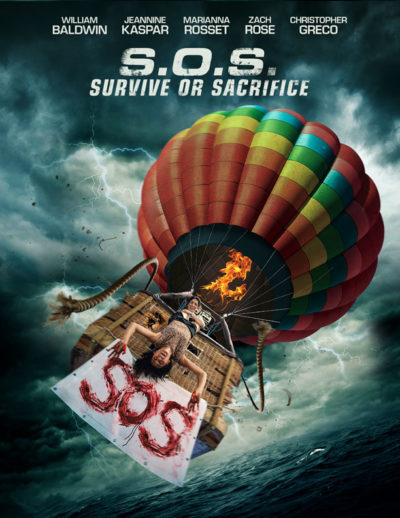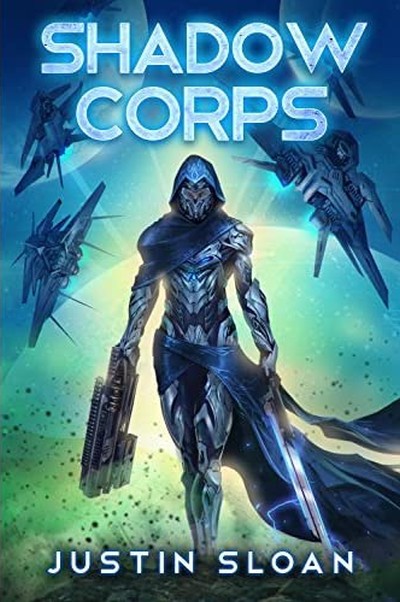Literary rating: ★★
Kick-butt quotient: ☆☆
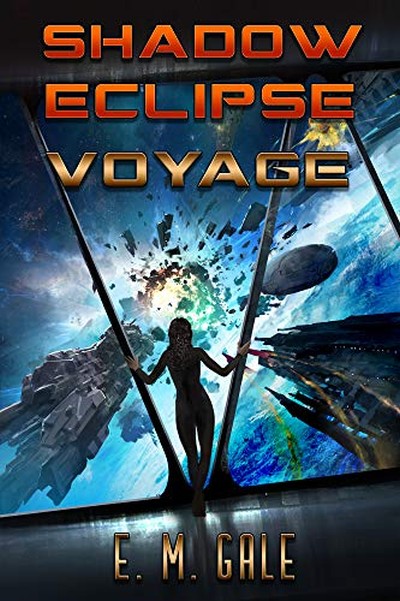 After a brisk and entertaining start, this gets increasingly bogged-down in its own universe as it goes on. And, boy, does it go on. At a thousand pages in the print version, this became a severe slog, and ends in a unsatisfactory way. A second novel seems promised, but this came out in 2019, and has yet to be forthcoming. Maybe the writer got bored of the whole thing too?
After a brisk and entertaining start, this gets increasingly bogged-down in its own universe as it goes on. And, boy, does it go on. At a thousand pages in the print version, this became a severe slog, and ends in a unsatisfactory way. A second novel seems promised, but this came out in 2019, and has yet to be forthcoming. Maybe the writer got bored of the whole thing too?
As mentioned, it opens promisingly. Florentina Clarke (who hates her first name so much, she insists everyone just calls her Clarke) is having a really bad day. First, she has been turned into a vampire. Then, she and her grad student friends are thrown through time and space when an experiment misfires. They end up two hundred years in the future, on a far-off planet, and have to learn how to come to terms with a whole new way of life. Clarke is best-suited, and ends up getting them passage on a smuggling ship, where helped by her new vampire skills, she becomes part of the mercenaries who defend the ship. However, it turns out her future self – vampires being immortal – is rather famous and/or notorious, and she finds herself having to cope with that, and the resulting threats to her life.
Which all sounds considerably more exciting than it is. There’s a lot, and I mean a lot of agonizing over whether or not to look herself and her pals up in the history books, to see their fates. It’s a painfully responsible approach to time-travel which really doesn’t do much for the reader. The same goes for her relentless angst about whether or not to tell her friends about her vampiric status. Do or don’t, then move on. Matters aren’t helped by a clunky structure in which it fells like every conversation becomes a three-way dance with Clarke’s internal thoughts chiming in after every single sentence. A long way before the end of the book, I was mentally screaming “STFU!” at her inner monologue.
The action components also seem to decline over the course of the book. There’s a point where the ship – which may not be quite what it initially appears – seems to be under almost constant attack, keeping Clarke and her merc colleagues very busy. However, this fades away and a vampire duel is about all it feels like the second half has to offer. I did like Gale’s world-building, with different races kinda-somewhat getting along, and some thought has clearly gone both into the vampires and the time-travel aspects. However, it’s not clear what Clarke’s eventual place in the universe is going to be, and her friends are also rendered increasingly irrelevant as the story progresses. It ends with her vampire boyfriend getting the chance for revenge he has been seeking, though this felt almost painfully foreshadowed and doesn’t provide much satisfaction in terms of tidying up the threads. Can’t say I’m too bothered whether or not volume 2 ever appears.
Author: E.M. Gale
Publisher: Lightbulb Works, available through Amazon, both as a paperback and an e-book
1 of, uh, 1 in the Shadow Eclipse series.





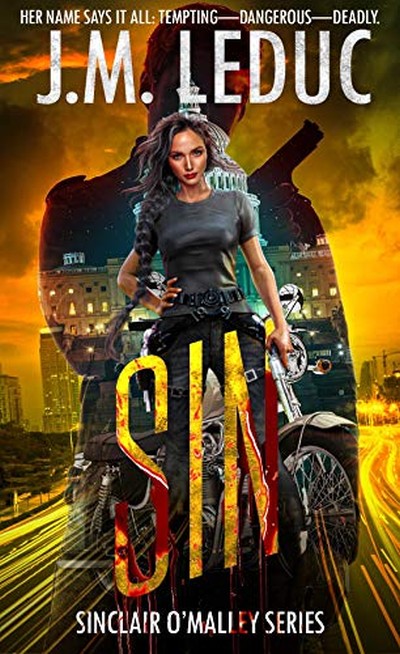 Sinclair O’Malley, known to everyone as Sin, is a bit of a wild card. She was initially an FBI agent, but was released by the agency, largely for her refusal to stay within the lines. In particular, she went off-book to end a human trafficking ring in Nicaragua. She is the kind of person whom we first meet interrupting a funeral, by rolling up to it late, on a Harley. But this is just the book’s first misstep. For rather than demonstrating her bad-ass credentials, it just made me feel she was a selfish and egocentric narcissist, shrieking “Look at meeeeeeee!” everywhere she went. Subsequent actions did little to disavow me of this belief.
Sinclair O’Malley, known to everyone as Sin, is a bit of a wild card. She was initially an FBI agent, but was released by the agency, largely for her refusal to stay within the lines. In particular, she went off-book to end a human trafficking ring in Nicaragua. She is the kind of person whom we first meet interrupting a funeral, by rolling up to it late, on a Harley. But this is just the book’s first misstep. For rather than demonstrating her bad-ass credentials, it just made me feel she was a selfish and egocentric narcissist, shrieking “Look at meeeeeeee!” everywhere she went. Subsequent actions did little to disavow me of this belief. The first thing which will hit you about this 1979 Taiwanese co-production is the utterly shameless way it hijacks John Williams’s soundtrack to Star Wars. 93 minutes later, as the end credits roll, accompanied by more unauthorized liftage… That’s probably still going to be the main element of this you will remember. For the rest is largely a confusingly-plotted and not very well executed bit of chop socky. Despite Angela Mao’s presence, second on the list of participants, she is a long way behind the main character, in terms of both screen time and action.
The first thing which will hit you about this 1979 Taiwanese co-production is the utterly shameless way it hijacks John Williams’s soundtrack to Star Wars. 93 minutes later, as the end credits roll, accompanied by more unauthorized liftage… That’s probably still going to be the main element of this you will remember. For the rest is largely a confusingly-plotted and not very well executed bit of chop socky. Despite Angela Mao’s presence, second on the list of participants, she is a long way behind the main character, in terms of both screen time and action.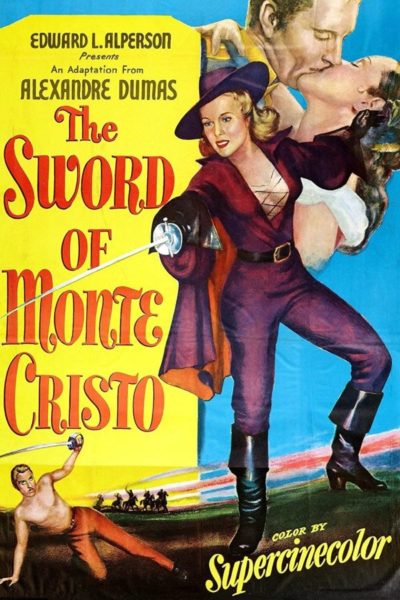 This 1951 movie is a bit clichéd. But then one has to consider that a lot of these weren’t clichés at the time the movie was made. That said, you will find everything here that you might expect from such a movie: A good king, his evil scheming brother who wants his throne, a dashing captain who has his way with the ladies, revolting citizens, a hidden treasure and a beautiful lady.
This 1951 movie is a bit clichéd. But then one has to consider that a lot of these weren’t clichés at the time the movie was made. That said, you will find everything here that you might expect from such a movie: A good king, his evil scheming brother who wants his throne, a dashing captain who has his way with the ladies, revolting citizens, a hidden treasure and a beautiful lady.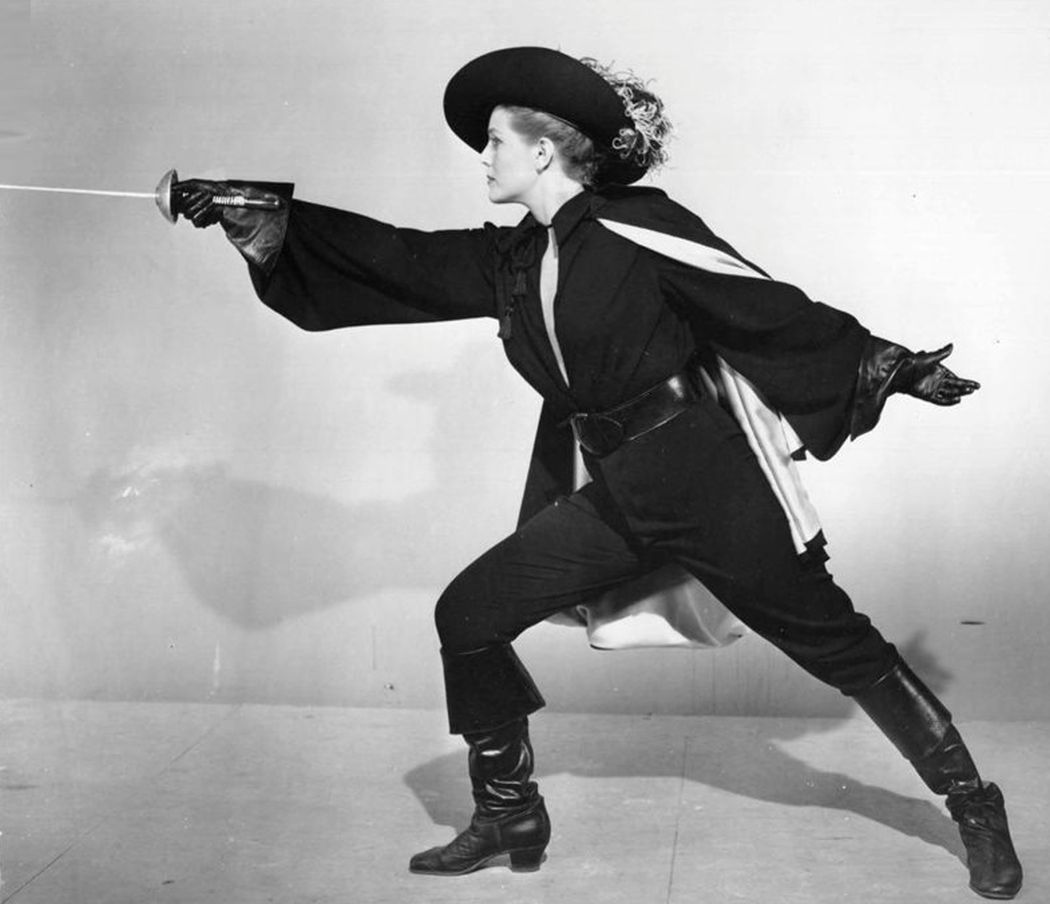 When he enters her private rooms, after she has just redressed as her normal self again, he takes – unasked – a seat and puts his shoes on the table. He also forces a kiss on Lady Christianne. When she snaps, “You don’t behave like a gentlemen should!“ he answers, “Well, you don’t behave like a woman should!“ You are left a bit baffled wondering how women in 1951 were supposed to behave when being kissed involuntarily, by an unknown stranger, who just entered your home through the window? But then even her nanny seems to agree (“A young lady shouldn’t run away from a man, she should catch one!”). How things have changed since that time!
When he enters her private rooms, after she has just redressed as her normal self again, he takes – unasked – a seat and puts his shoes on the table. He also forces a kiss on Lady Christianne. When she snaps, “You don’t behave like a gentlemen should!“ he answers, “Well, you don’t behave like a woman should!“ You are left a bit baffled wondering how women in 1951 were supposed to behave when being kissed involuntarily, by an unknown stranger, who just entered your home through the window? But then even her nanny seems to agree (“A young lady shouldn’t run away from a man, she should catch one!”). How things have changed since that time!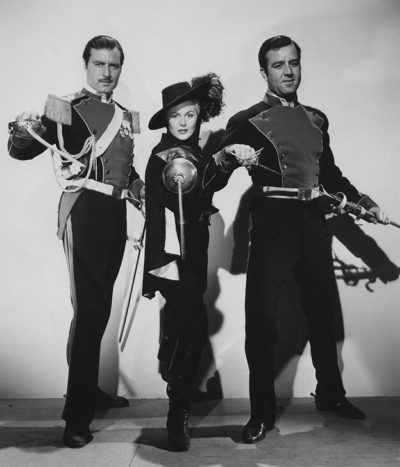 Countess Christianne does enough riding, fencing and chandelier-swinging to be rightfully included in the genre of female action heroines. Yes, she is not alone: Captain Renault comes across like a second-class Errol Flynn, supporting her and hinting as to her “true motives“ for cross-dressing and fighting (“You don’t fight against the king! I think, you are fighting against your female nature!“). Though Renault kills the big bad, she still has a mind of her own, riding with the Royal dragoons and killing off LaRoche’s right-hand man, Major Nicolet (Conrad).
Countess Christianne does enough riding, fencing and chandelier-swinging to be rightfully included in the genre of female action heroines. Yes, she is not alone: Captain Renault comes across like a second-class Errol Flynn, supporting her and hinting as to her “true motives“ for cross-dressing and fighting (“You don’t fight against the king! I think, you are fighting against your female nature!“). Though Renault kills the big bad, she still has a mind of her own, riding with the Royal dragoons and killing off LaRoche’s right-hand man, Major Nicolet (Conrad). This is certainly an odd animal. It takes place in and around a Thailand hospital, where one of the physicians, Dr. Tar (Jarujinda), has a lucrative side-scam in selling bodies to… well, if it’s not clear who, there appears to be sufficient demand for them. He is in cahoots with a group of seven nurses, but one of them, his girlfriend Tahwaan (Wachananont), finds out he is having an affair with her sister, Nook (Rujiphan). After she threatens to go to the police, Dr. Tar and the other six nurses kidnap and kill Tahwaan. However, her spirit comes back from the grave, to take brutal vengeance on those responsible for her death. Naturally, the peeved ghost starts with the characters who bore relatively minor culpability, working her way up to Nook and the not-so-good doctor.
This is certainly an odd animal. It takes place in and around a Thailand hospital, where one of the physicians, Dr. Tar (Jarujinda), has a lucrative side-scam in selling bodies to… well, if it’s not clear who, there appears to be sufficient demand for them. He is in cahoots with a group of seven nurses, but one of them, his girlfriend Tahwaan (Wachananont), finds out he is having an affair with her sister, Nook (Rujiphan). After she threatens to go to the police, Dr. Tar and the other six nurses kidnap and kill Tahwaan. However, her spirit comes back from the grave, to take brutal vengeance on those responsible for her death. Naturally, the peeved ghost starts with the characters who bore relatively minor culpability, working her way up to Nook and the not-so-good doctor. As usual, I begin with the normal disclaimer, that I’m about as far from the target audience as you could imagine. For this is an inner-city story about a drug war between three rival gangs in South Carolina: the Guardians, the Dynasty and the GeeChees. That said, however, there have been other films, with not dissimilar themes, which I have enjoyed. Most obviously, I am not the target audience for Pam Grier’s seventies output either. But those still kick ass. Even among the modern entries, there have been ones like
As usual, I begin with the normal disclaimer, that I’m about as far from the target audience as you could imagine. For this is an inner-city story about a drug war between three rival gangs in South Carolina: the Guardians, the Dynasty and the GeeChees. That said, however, there have been other films, with not dissimilar themes, which I have enjoyed. Most obviously, I am not the target audience for Pam Grier’s seventies output either. But those still kick ass. Even among the modern entries, there have been ones like 